|
By Alison Goldberger Erica recently took a research trip to Le Marche for the Tastes & Textiles: Woad & Wool tour and posted some wonderful stories and pictures on Facebook for us to follow along. I personally got major travel jealousy, it looked fantastic! It’s not ALL fun though. It’s trips like these that help her find the inspiring artisans who you visit on the tours — not to mention the fantastic restaurants you will dine in. She has many artisan friends in Tuscany and wanted to add to her knowledge of the adjacent region of Le Marche, visiting new and interesting people to get them involved in her tours. It's likely you don't know where Le Marche is. Le Marche means 'The Marches', which in English refers to an area of land on the border between two countries or territories (eg, the Welsh Marches). In fact, Le Marche borders three other regions, Emilia Romagna, Tuscany and Umbria, with the Adriatic Sea to the northeast. Before the unification of Italy in 1861, they had a lot of borders and ports to protect, which means lots of spectacular fortresses and castles to visit! There's a map below to help you orient yourself. Enjoy this trip through Le Marche and Erica’s interesting tales… The people Erica met on tour We begin with the people Erica met on her tour, as these people are what really make the tours special. First stop was Sansepolcro (still in Tuscany 5 minutes from the Umbrian border) where Erica discovered Biancheria di Massi which sells exquisite fabrics. She wrote: ‘It was founded in 1820 by the Massi family and the current descendant, Lucia Massi, is the most delightful person who knows everything about her weavers and the region.’ You can see (and buy) household linens and fabric for yourself in May if you join us on the Woad & Wool tour or in September on the Tuscan Heritage tour! Next I’ll introduce you to Federica Crocetta. She's the owner of Locanda Le Querce (see below). Federica trained as an architect before becoming interested in textiles. She completed a diploma in textile arts. She cultivates woad and a number of other dye plants and is always experimenting. Her latest enthusiasm is eco-dyeing. She also makes baskets. You’ll do a natural dyeing workshop with her on the tour in May. Often when Erica explains that her clients are knowledgeable and really keen to learn, people get excited and introduce her to their creative friends. Federica took her to meet Emanuele Francione, a young man who learned the craft of textile block printing with rust from his grandfather. The wooden blocks he uses were carved by hand by his grandfather. Of course Erica had to include a workshop with Emanuele in the Woad & Wool tour. You'll learn how to make the rust paste and will print an apron. Emanuele has an idea for how you'll use your new apron. Research in progress. After meeting these fascinating people (and there are more), I'm not surprised that Erica decided to add an extra day to the Woad & Wool tour to include them. The food Erica ate on tour The first dining stop was dinner at a smugglers' den at Cospaia and we eat here during the Tuscan Heritage tour. The true story of Cospaia stretches credulity. In 1441, after a crushing defeat at the battle of Anghiari, the Papal State agreed to cede some territory to the victorious Republic of Florence. Through an error of geography on the part of the diplomats who negotiated the treaty a tiny sliver of land only one kilometre wide remained outside both states. Seizing their opportunity, the people of Cospaia declared their independence. They remained contentedly without any government or taxation until 1826. Since no duty was extracted on goods entering or leaving, it also became a centre of smuggling. Today, on the shores of a trout lake, the restaurant Il Covo del Contrabbandiere offers an excellent short menu using local ingredients. Next up, panzanella. Panzanella is peasant food. Another ingenious Tuscan method of using up stale bread. Soak it in water and vinegar, squeeze it dry, put it in a bowl with chopped tomato, thinly sliced red onion and basil, and season it with olive oil. The Cantina del Granduca at Anghiari has turned it into a gourmet dish by adding other salad vegetables. Light and cool. Perfect with local salumi on a hot summer day. Oh, and what are these 'worms' typical of Montefeltro in Le Marche? They're called passatelli and are made of breadcrumbs (yet another dish for using up your stale bread!), grated parmigiano, eggs and grated lemon rind. They're formed using an instrument that looks a bit like a slotted spoon. You press and rub simultaneously and the pasta comes out through the holes. Typically it's served in broth, but at Agriturismo Biancospino they serve it with funghi porcini and sausage. Yummy! This meal helped to ease Erica’s disappointment in Urbino (see what she said in the places section below!). One thing she found to delight her in Urbino is this crescia fogliata, a puff pastry made with flour, lard, egg and water (or milk). cooked on a griddle and filled with local salumi, cheese, etc. She had it with ciauscolo, the local spreadable salami. Lovely and crispy when hot, but a bit heavy as it cools. The new place Erica stayed on tour During her trip Erica stayed at Locanda Le Querce (The Oak) and it will be the new accommodation for the first four days of the Woad & Wool tour. Erica says: 'It looks ancient, but it's the creation of architect-owner Federica Crocetta, who also teaches our natural dyeing workshop (see the people section above). Can't beat breakfast on the patio.' The places Erica visited on tour Erica tends to head off the beaten track on her tours, and it was no different on her research trip. Here’s where she visited… On the way to Le Marche she stopped at Anghiari (in southeast Tuscany at the border with Umbria), where we spend a half-day on the Tastes & Textiles: Woad & Wool tour in May and the Tuscan Heritage tour in September. It’s perched spectacularly on top of a cliff overlooking the plain where the famous battle of Anghiari took place in 1440–41. You follow winding cobbled streets lined with honey-coloured stone and brick churches, artisan workshops, the Busatti textile mill and shop, interesting museums and excellent restaurants. Erica’s friend Penny accompanied her on this research trip and when asked at the end, ‘If you could only come back to one town, which one would you choose?’, she quickly replied, ‘Anghiari!’ Here are some of the reasons why: stupendous city walls… A vibrant Wednesday market... Picturesque gates and streets... An elegant theatre and several interesting museums. Speaking of which, for a small town, Anghiari has more museums than most. Among the important works of art at the Museo di Palazzo Taglieschi is this 'Madonna and Child' by Jacopo della Quercia. In the same museum reported Erica, '...(forgive me cat lovers) I had to laugh at the name of this 18th-century hand gun—"mazzagatto" means "kill the cat", and given the number of feral cats with fleas in my village, I almost wished I owned one'. Who could have imagined a woodcock museum, described plausibly as ‘The first and only museum in the world dedicated to the woodcock “The Queen of the Woods”’! Then there was a museum of the 'camicia', the history of the shirt from the beginning of time (I wish she hadn't forgotten to take photos). Here’s something you might not notice on your own. That half-size door is a 'door of the dead'. In Etruscan times (pre-Roman) you never took a corpse out of a house through the same door the living used. This custom carried on into mediaeval and Renaissance times in Central Italy, the territory in which the Etruscans flourished. And here it is beneath a display of toy crossbows. I hope they don't produce any victims for the door! Anghiari could blow its own horn a bit louder! From Anghiari it's a short drive over the border to cross the northernmost part of Umbria (near Città di Castello), up over the mountain pass Bocca Trabaria, and down into the Metauro River Valley in Le Marche. In case you're still wondering where Le Marche is, here it is running from the Apennine Mountains on the southwest down to the eastern coast of Italy on the Adriatic. Erica stayed in the province of Pesaro Urbino within the confines of the ancient kingdom of Montefeltro of which Urbino was the capital. Next Erica hit Urbino and this is what she had to say: 'I'll know I'll be pelted with rotten fruit, but I was pretty disappointed by Urbino. It took ages to find a parking space, the wait to get into the Ducal Palace was over an hour standing in blazing heat (I gave up), the restaurant I'd chosen was closed.' Oh dear. But she did enjoy a nice tidbit in Urbino: this detail in the marble presepe by 16th-century sculptor Federico Brandani in the Oratorio San Giovanni (Saint John the Baptist). A cloth containing three round shapes on the side near us and a small barrel (grappa?) on the far side hangs over a beam. Could the balls be cheeses? This arrangement is called 'a cavallo' (on horseback) in Italian, which is where the name of the cheese 'caciocavallo' derives from, since two cheeses were tied by a rope and hung over a beam to age (not in a cloth as far as we know). Here's a close up. What do you think? Potatoes and tomatoes hadn't been introduced to Europe yet. So where do you go when Urbino is too hot and crowded and you can't get into the ducal palace? To Sassocorvaro. Erica says: 'Absolutely empty. After a cold, refreshing lemon soda (Italian ones are tart and taste like lemon, not just sugar), I join a fascinating guided tour of the "rocca" (fortress). It was built around 1475 by the architect to Federico da Montefeltro (the duke whose palace I missed in Urbino) for his brother Ottaviano Ubaldini. It was a fortified home and school where military power fused with the philosophy of alchemy in an ideal union. Much later during the Second World War many of the greatest Italian paintings were hidden there to keep them safe. As so often happens, a disappointment turned into a great opportunity.' Mercatello sul Metauro is another delightful place to visit which is never over-crowded. Like Urbino and Sassocorvaro, it was within the orbit of the cultivated Federico da Montefeltro and Ottaviano Ubaldini. In 1474 the latter became Count of Mercatello and commissioned a residence from Francesco di Giorgio Martini, the same architect who designed the fortress at Sassocorvaro. I remember Beatrice, our guide at Mercatello, telling us why the house remained incomplete (those stones poking out at the corner were meant to connect to an additional section of the house), but I’ve now forgotten. You’ll have to come on the Woad & Wool tour in May 2021 to find out. There are many exquisite details and enticing food. It's where we have our bobbin lace lesson and lunch cooked by the men of the Accademia del Padlot. Frontino is another un-touristed place that deserves a visit. On the Woad & Wool tour, we'll eat in the restored water mill in the Mutino Valley, and drive up to the village on the ridge above. It’s worth it just for the view... ...but the ‘International Scarecrow Exhibition’ will put a smile on your face. I hope the new addition to the collection works: ‘Corona go!’ A little further down the road is the Franciscan monastery Montefiorentino with this painted organ loft. Somewhere nearby is a wood-fired oven bakery which Erica only found out about after she left. Next trip! Other tour highlights When you take a small group tour there are plenty of opportunities to experience authentic Italian life that you would perhaps miss on a tour without a local guide. Erica loves to spot interesting things and share facts. This one, is a great observation of daily life, she says: 'Life as normal in Urbania (on the way to Urbino) — undeterred by masks, men gossip in the piazza while their wives do the shopping and prepare their lunch.' Erica is also passionate about history and traditional farming culture, meaning you not only learn a lot about Italy and your tour subject when you visit but you also gain some knowledge about other interesting things. On Facebook asked viewers what this machine does and gave two clues: 1. It’s in Mulino Divino, the water mill at Frontino where we’ll have lunch on the Woad & Wool tour, and 2. You put your grain through it before it gets ground into flour. There were some good guesses but no one got it right. It is in fact called a ’svecciatoio’. ‘Veccia’ means vetch. Often in Italian sticking an ’s’ in front of a word means ‘un-‘, and the ending ‘-toio’ means a place or instrument that does the first part of the word. So this is an ‘unvetching’ machine, that is, one that removes vetch seeds (and other small weed seeds) from grain after reaping, threshing and winnowing it. It works on the principle that the grain seeds are larger and heavier than the weed seeds. Please don’t ask for any more mechanical details. She was proud to have got her brain around this much. We don’t know how old it is, but it was manufactured by a company that was founded in 1881. The exploration didn’t stop when Erica returned home either. She explains: ‘I’m always tempted by local artisan products, and at Mulino Divino I saw some locally produced pasta: extruded through bronze dies and dried slowly.' 'Back home my basil was getting out of hand and was shouting "pesto"! The pasta tasted like wheat (good sign) and the pesto like, well, I admit it: Tuscan pesto, not Genovese. Delicious all the same. Buon appetito!’ And with that Erica signed off from her tour updates. Please join us on the Tastes & Textiles: Woad & Wool tour in May 2021 or the Tuscan Heritage tour in September 2021. We’d like to see all these wonderful things through your eyes! Find out more information on the website and drop Erica an email with any questions or to book your spot! If you landed here by chance and would like to be notified of future posts, you can sign up here If you’d like periodic news about our tours and courses, sign up here
0 Comments
It’s a bumper year for tomatoes. We have many such years here in Casabasciana. I often hear my neighbours lamenting that their husbands planted too many plants and they can’t face making another batch of passata. But this year, the glut is universal. A friend in England sent me this photo of his prize specimen. A friend in Quebec has so many this year that he phoned specially to find out what I do with mine. Here’s what I told him. I make passata di pomodoro, a puree of tomato pulp, which you bottle (can) or freeze and use for making more complicated dishes, especially in winter when there are no decent fresh tomatoes (hothouse tomatoes are too disappointing to waste money on). As with all traditional recipes there are many versions. I make the simplest, pure tomato, which I learned from Alessandra Bandoni of Toscaneggiando who does cooking lessons for me. Time: 2.5 hours (with two people working) Equipment 2 or 3 capacious pots (to cook tomatoes and boil jars) sieve (to drain cooked tomatoes) bowl or pot (to put under the sieve) slotted spoon ladle Passatutto Master (to puree tomatoes) 2 shallow bowls (to fit under the 2 outlets of the Passatutto) 14 250 ml / 8.5 oz clean jars and new lids a wee, tiny brush to clean the interstices of the Passatutto The Passatutto Master is essential. It not only purees the tomatoes, it removes the skins and seeds and spits them out to the side, while directing the puree out the front. Life is too short to do this by hand. It isn’t very expensive and doesn’t require electricity; you crank it by hand. I think it’s available everywhere. I wish I had a commission for every time I’ve recommended it! Ingredients 7 kg / 15 lb 8 oz tomatoes (best varieties are fleshy, not watery) The quantity isn’t important, but while you’re messing up the kitchen, you may as well do more rather than less. Procedure Wash the tomatoes and divide them among your pots. Do NOT skin them first. Do NOT add anything else: no salt, no herbs, no water. If you use only tomatoes, your puree will be suitable for any other recipe requiring tomato, and you can add seasonings to suit the dish. Cover the pots and place on burner at medium-low heat. Check frequently to make sure they’re not burning on the bottom. When liquid starts to come out of the tomatoes, raise the heat to medium-high. Meanwhile, assemble the Passatutto and stick with the crank sticking out over the edge of your worktop or table (so you can turn it). It sticks to the table by the suction cup on its foot. To help it stick, dampen the table (it also helps to hold the machine down while you crank it). It will leak a little from below the handle, so put a cloth or sponge on the floor beneath to catch the drips. As soon as the tomato skins split (the liquid will probably be level with the tomatoes), turn off the burner and move the pot to the table. With a slotted spoon move the tomatoes to a sieve set over a bowl or another pot. Let them drain for a couple of minutes (you want your passata to be thick, not watery). Tip them into the top of the Passatutto, turn the crank and watch as the skins and seeds are magically separated from the pulp. Fill the jars with the pulp. The jars should be filled to within 1 cm (1/2 in) of the top. Screw the lid on. Continue until all the tomatoes have been processed. Then put the skins and seed through the Passatutto again (and even a third time if you like). You’ll get a couple more jars of passata. Place as many jars as fit in one layer in one of your pots and cover with tepid water. The water should be 8 cm / 3 in above the top of the jars. Cover the pot with a lid and place on a high burner. Bring to a full boil. Boil for 20 minutes to sterilise the tomatoes. A couple minutes extra won’t hurt. Turn off the burner and leave the jars to cool in the water. Do the washing up. The Passatutto comes apart to make it easy to wash, but you’ll need this little brush (which doesn’t come with it) to get into some of the tiny crevices. The first time I didn’t know, and when I went to use the machine the next year, the inner cylinder was mouldy. As the jars cool a vacuum will be created in the jar and the lid will become concave. If any are not concave by the time the water is cool, you may not have filled the jar full enough, or tightened the lid too hard or not enough, or the lid may be defective. You can diagnose the problem, remedy it and re-sterilise, but if it’s only one or two jars, it’s easier to freeze the passata. Label the jars and admire your passata. When you open a jar in mid-winter, the scent of summer will waft through your kitchen. If you’ve landed here by chance and would like to be notified of future posts, you can sign up here.
|
Email Subscription
Click to subscribe to this blog and receive notifications of new posts by email. AuthorErica Jarman Categories
All
Archives
October 2023
|
|
copyright 2017 sapori-e-saperi.com | all rights reserved
|
Website by Reata Strickland Design

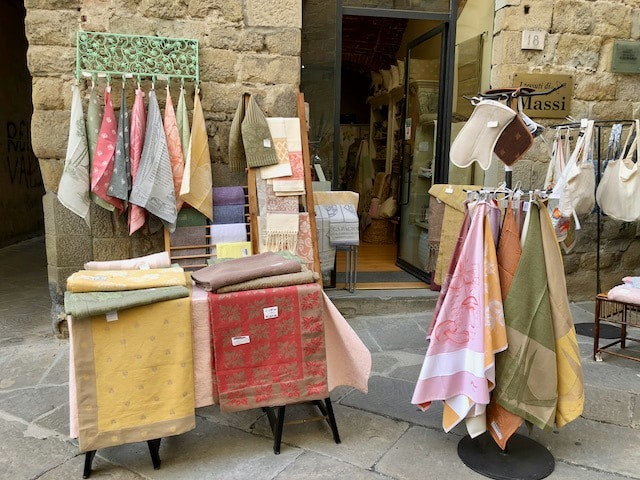
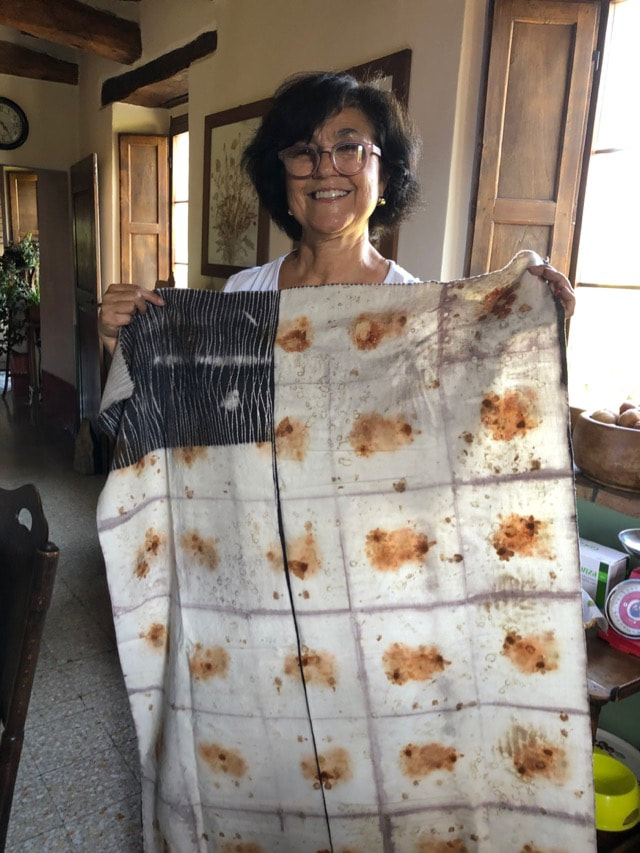
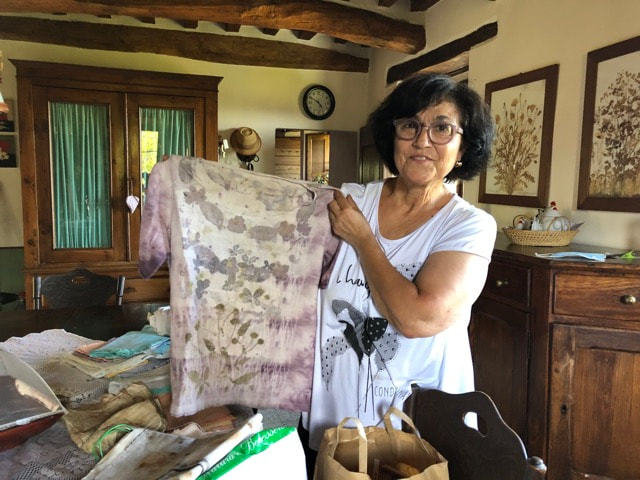
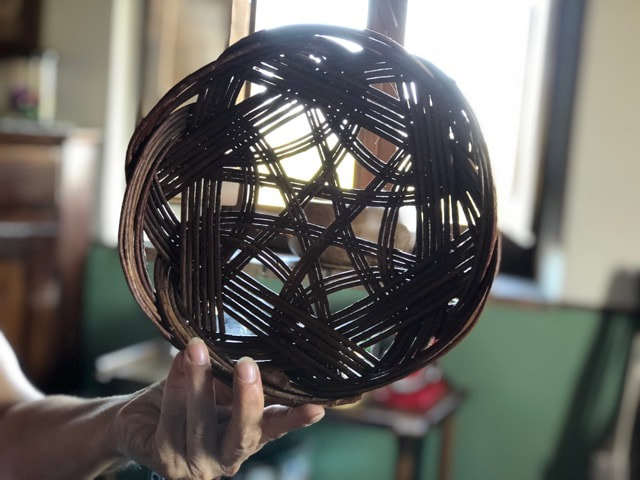
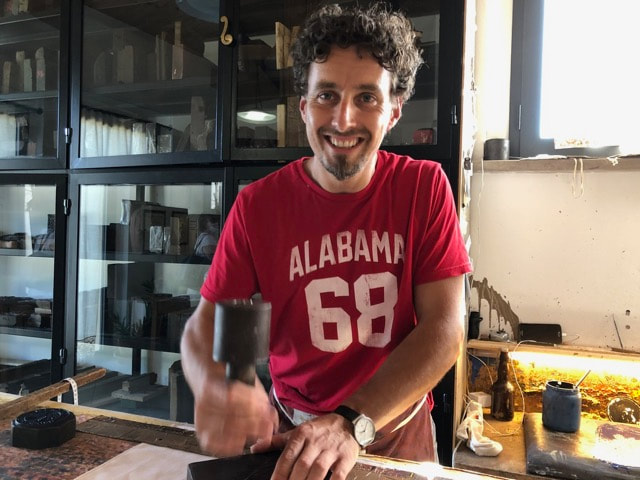
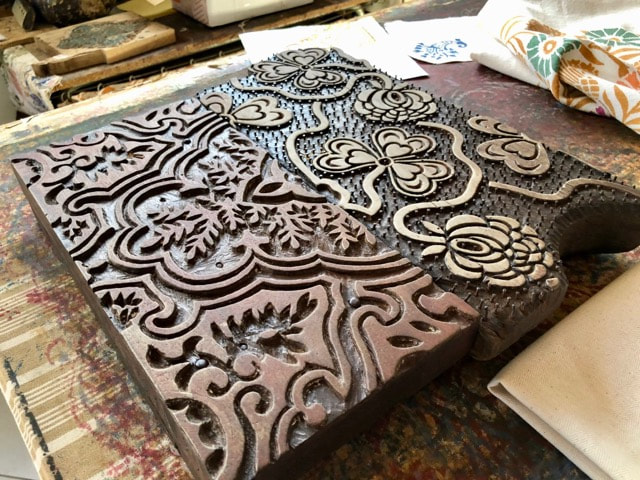
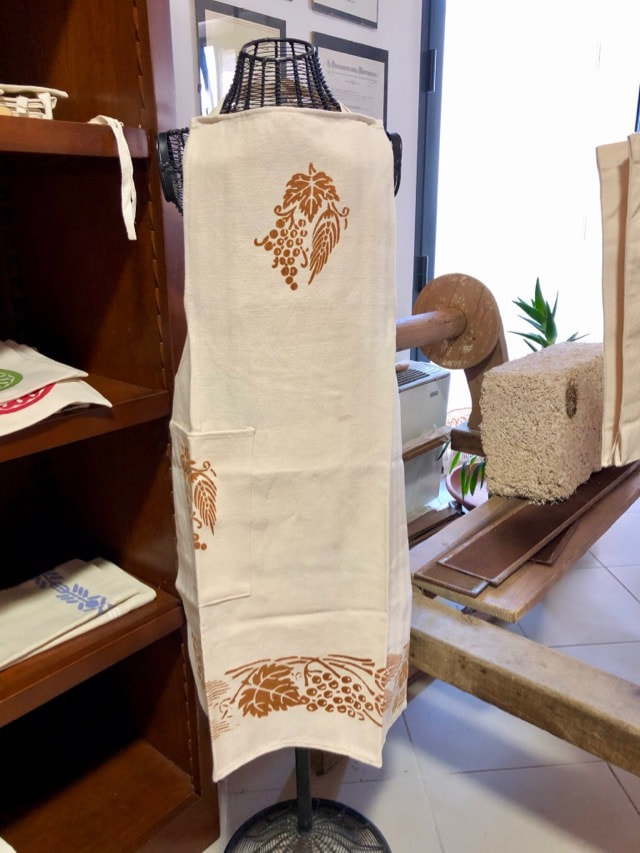
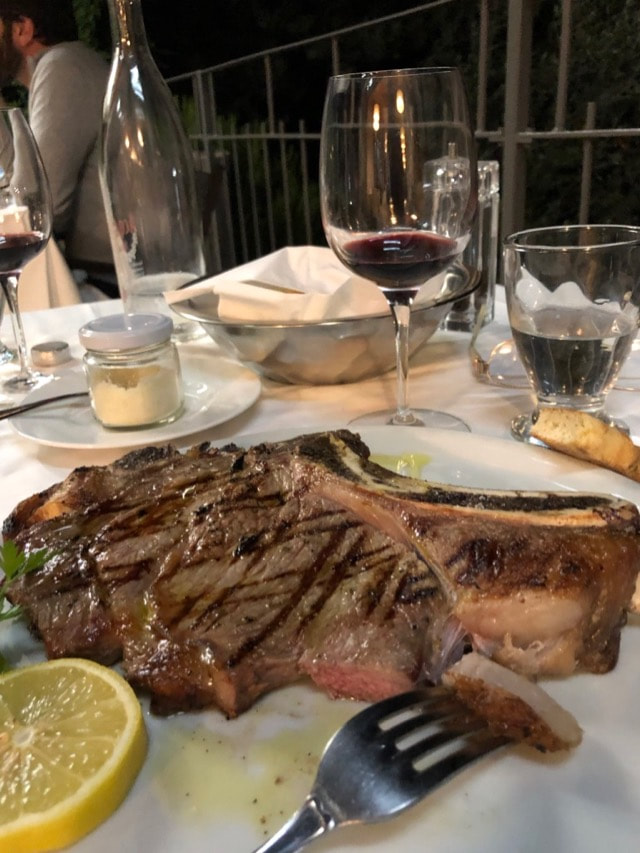
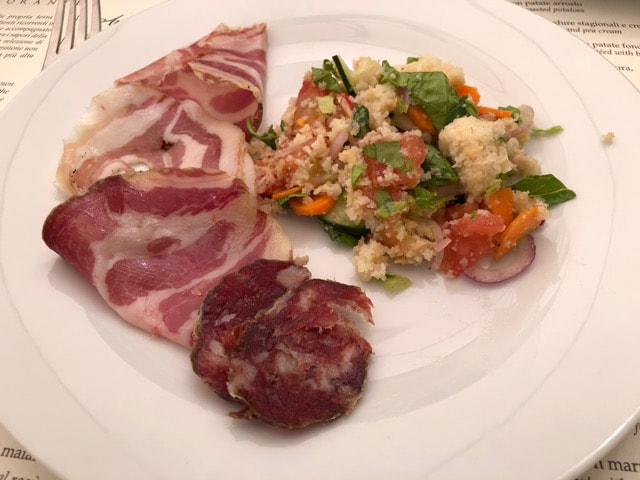
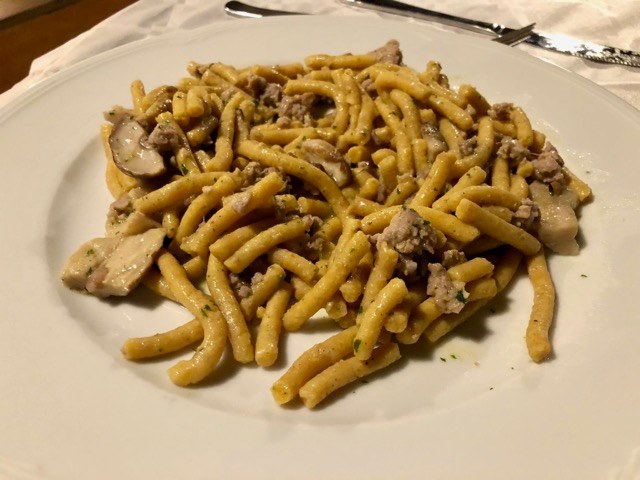
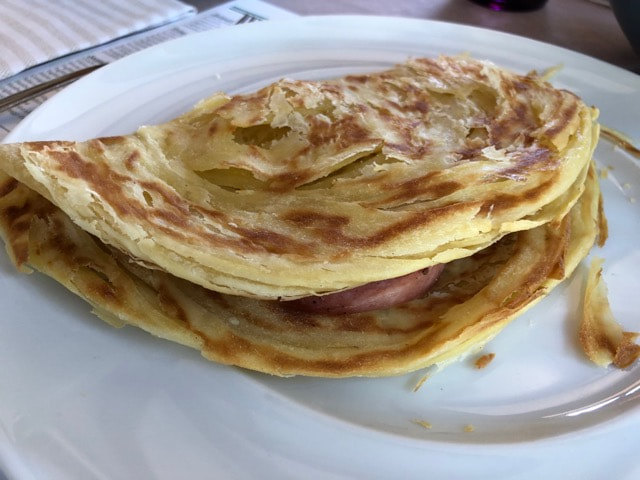
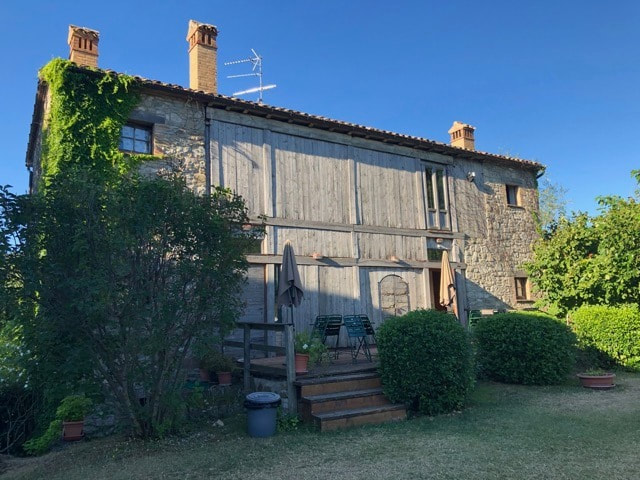
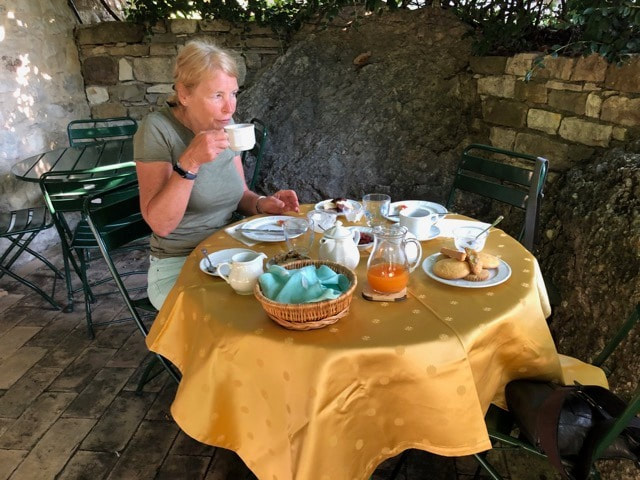
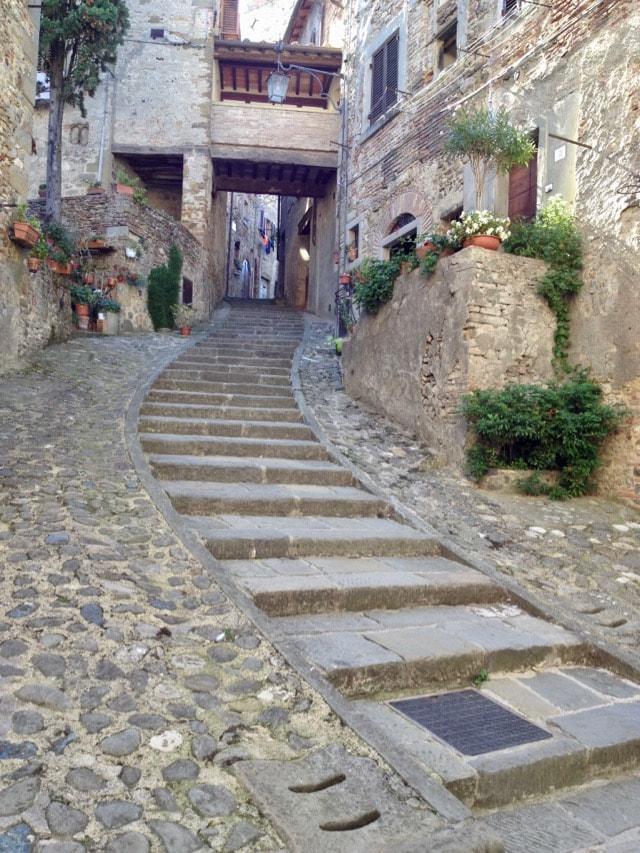
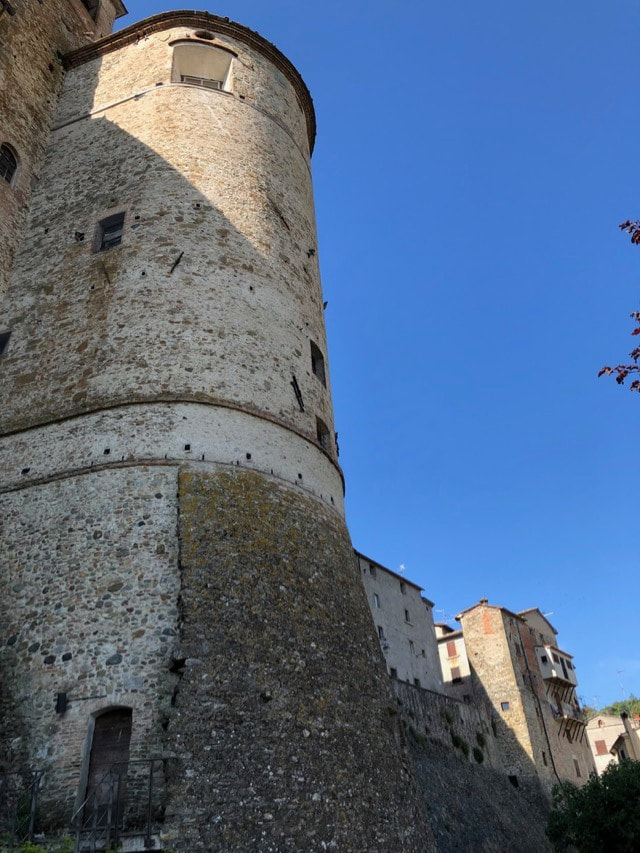
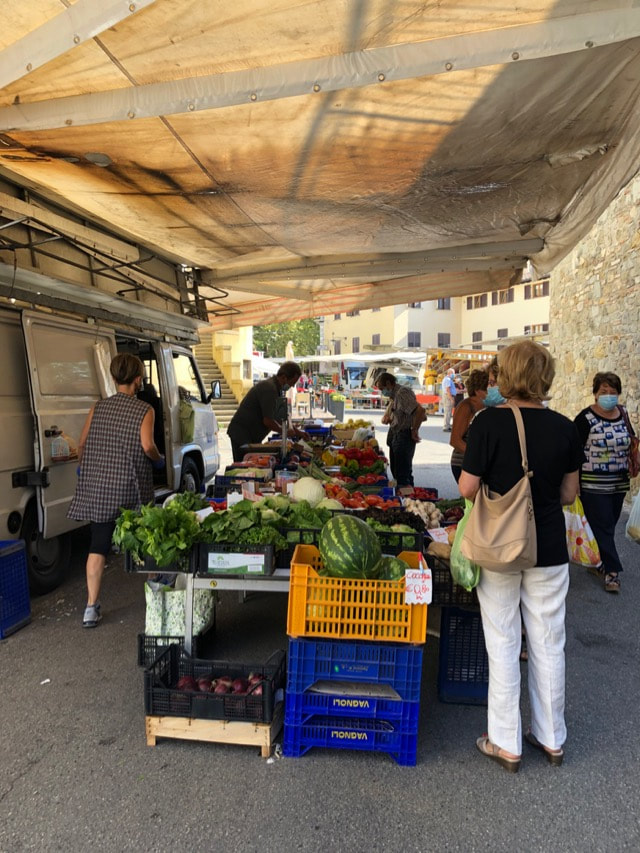
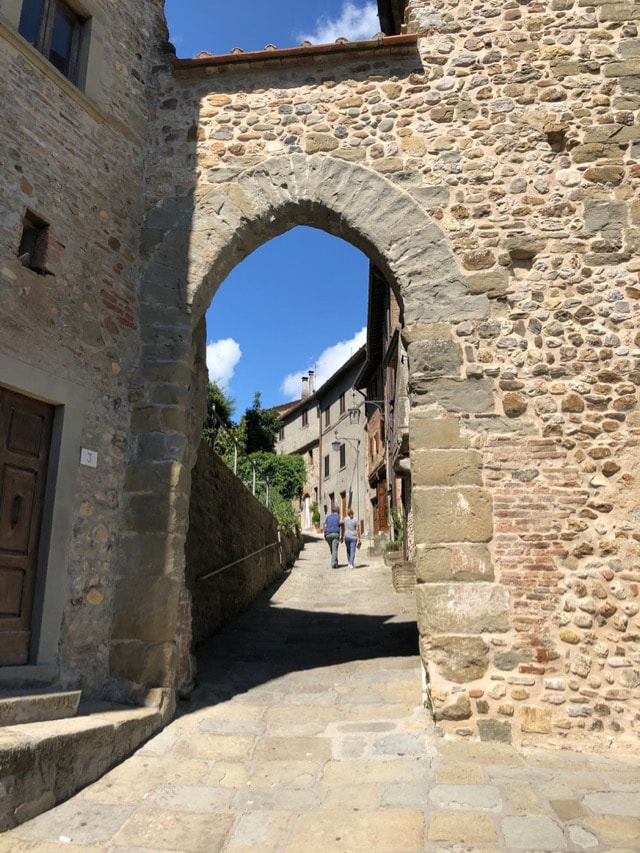
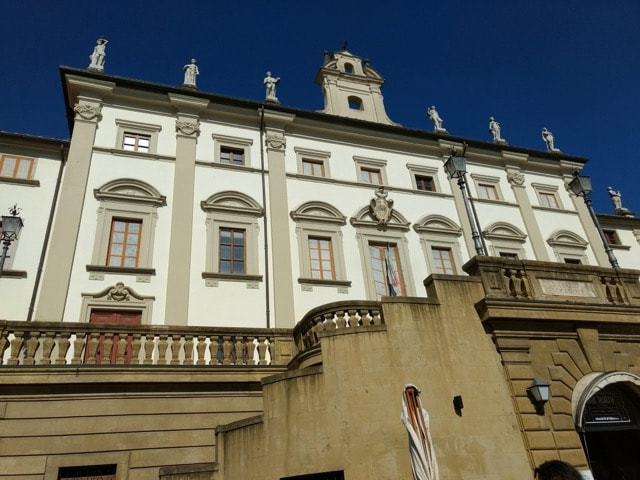
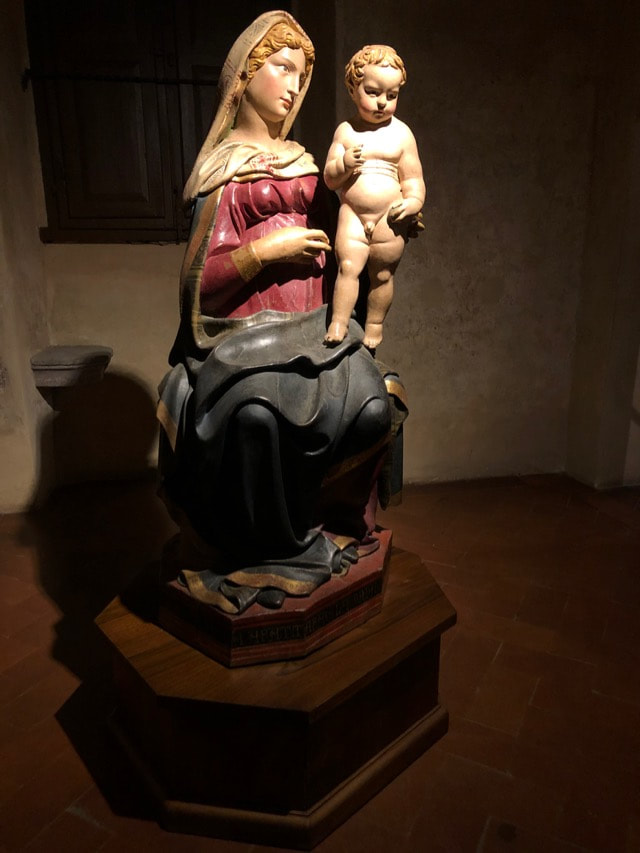
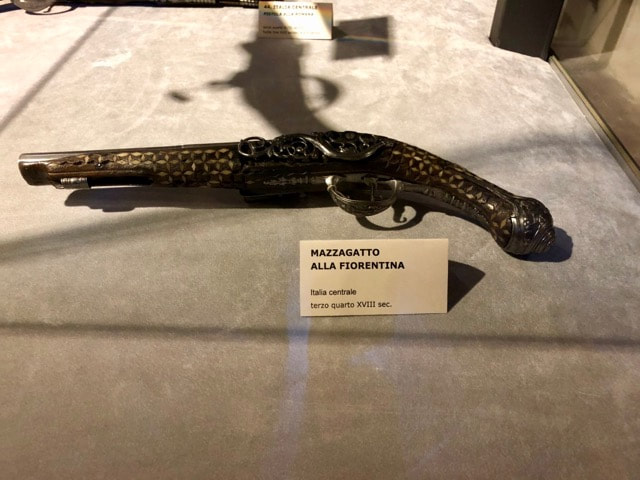
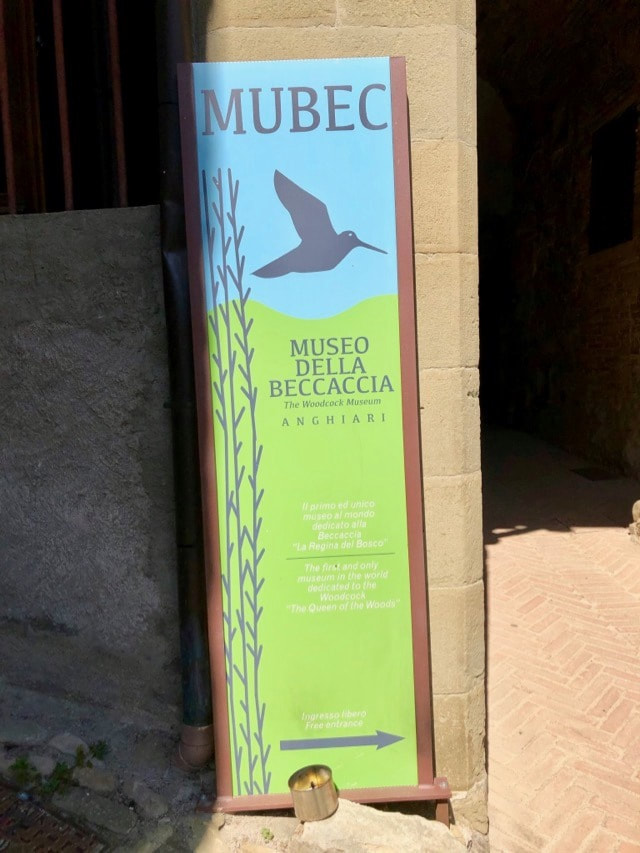
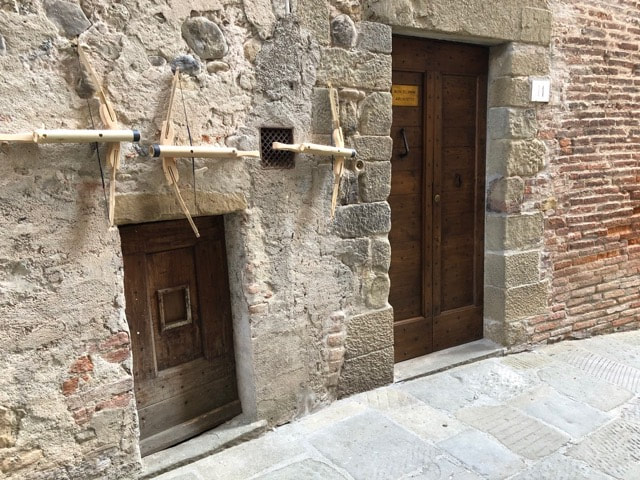
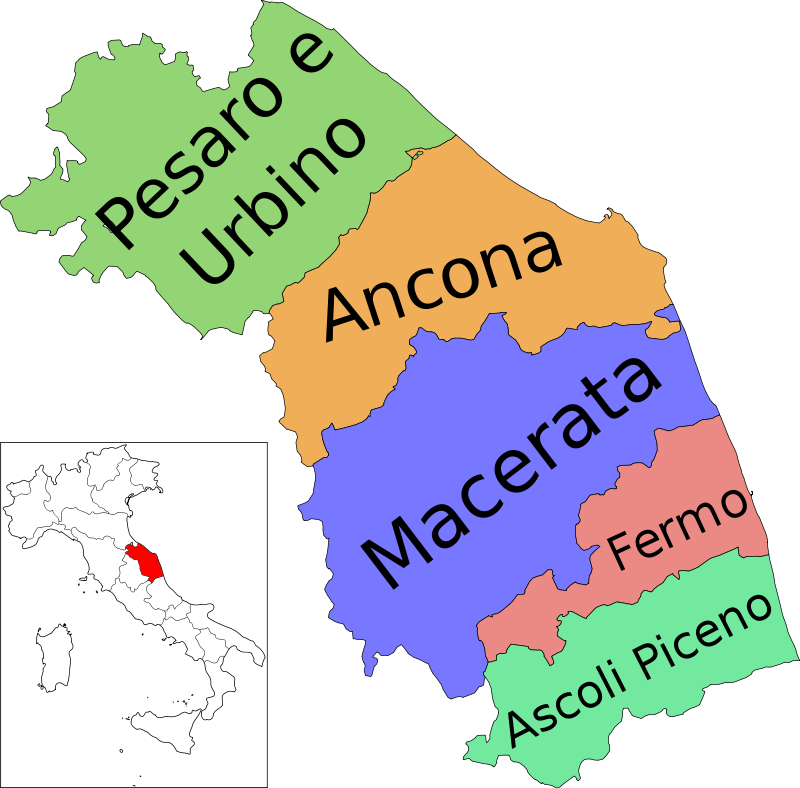
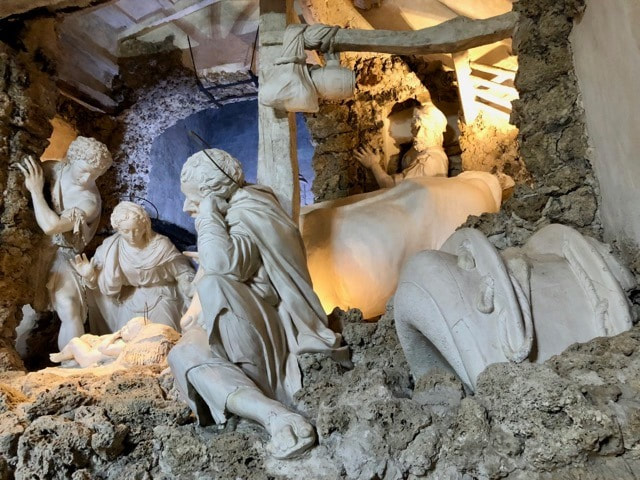
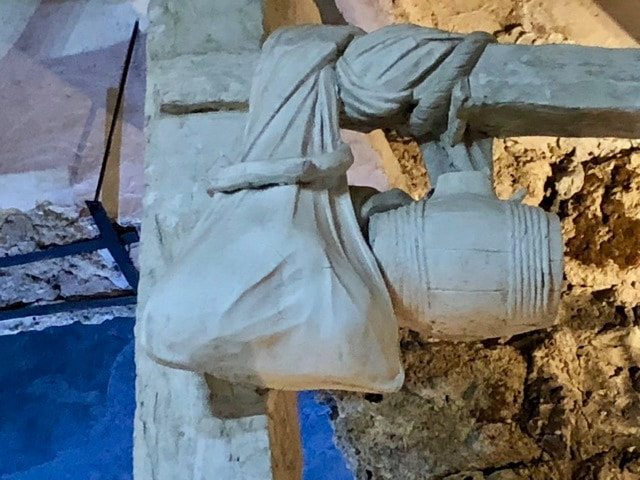
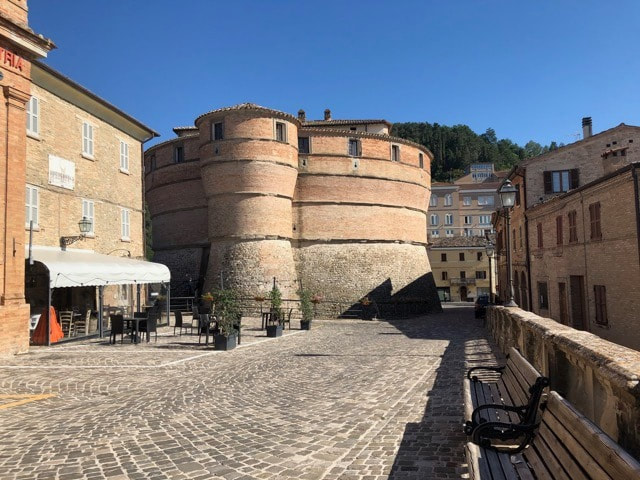
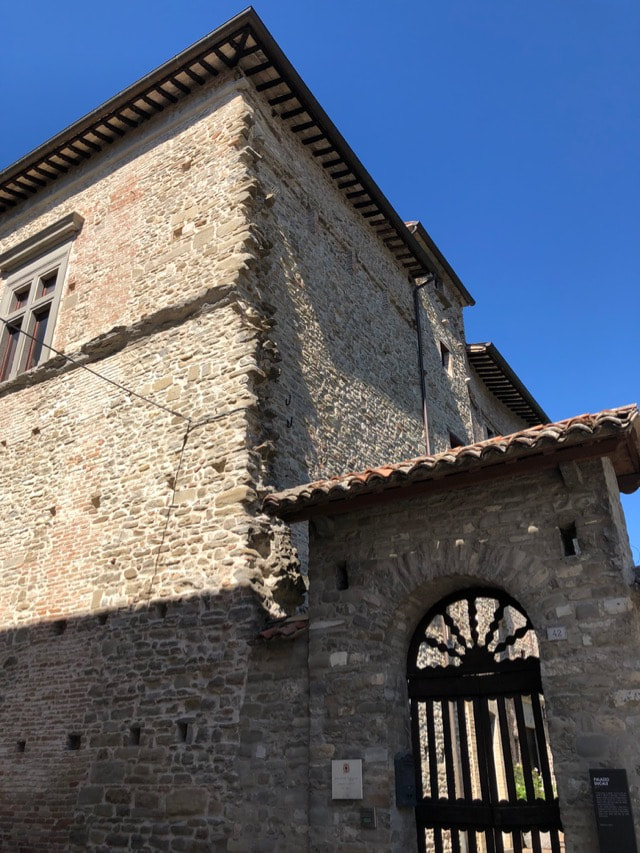
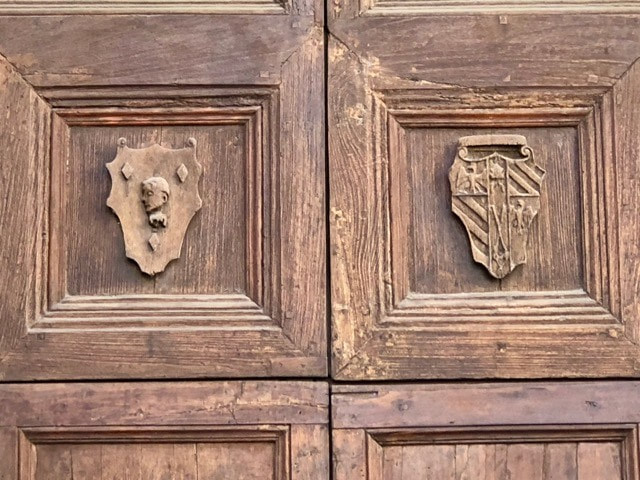
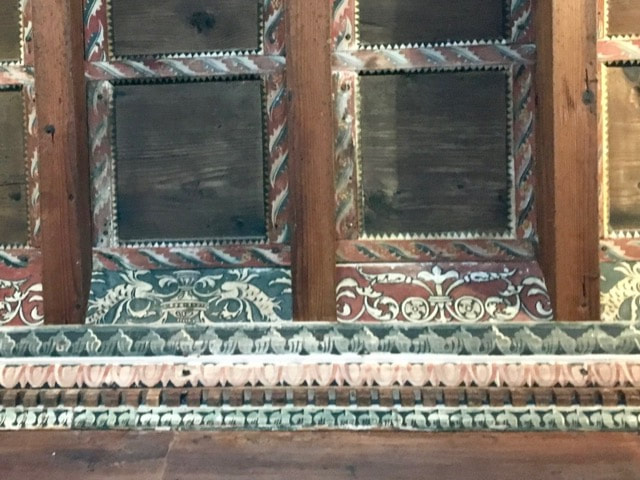
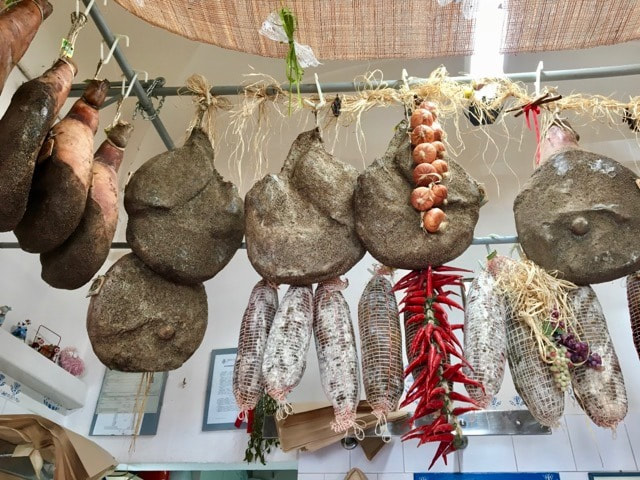
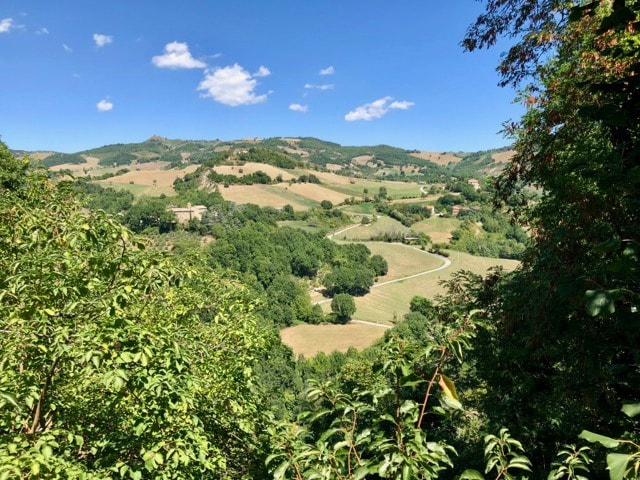
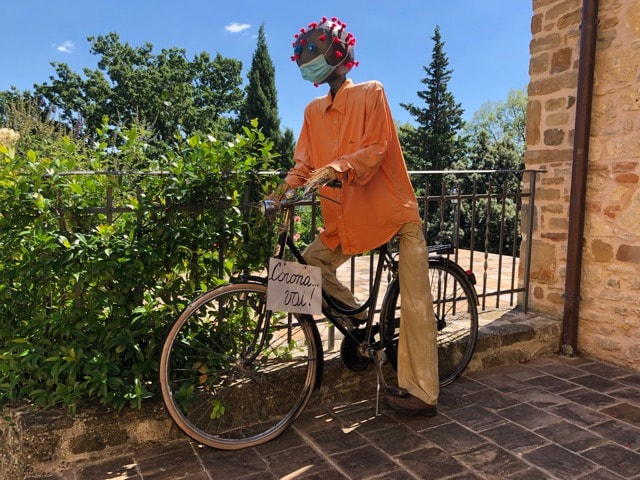
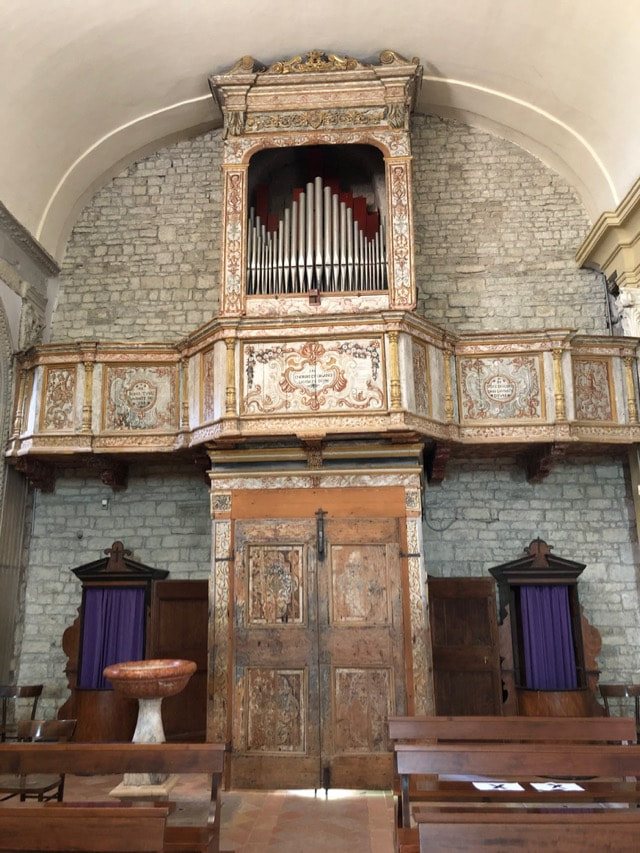
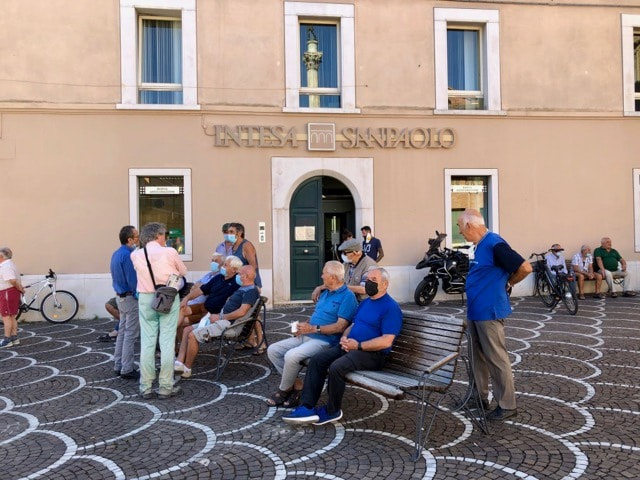
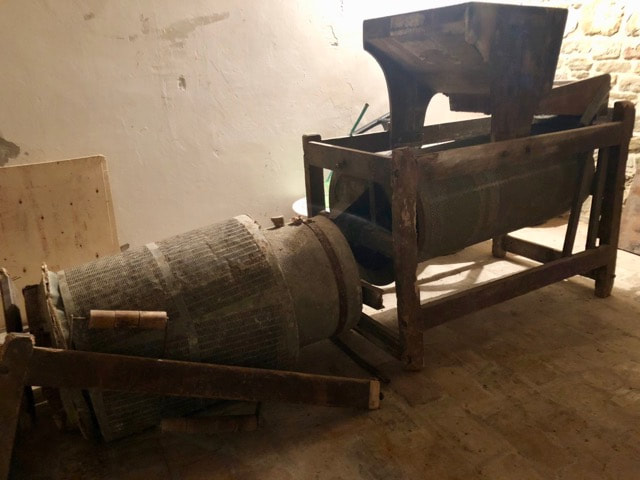
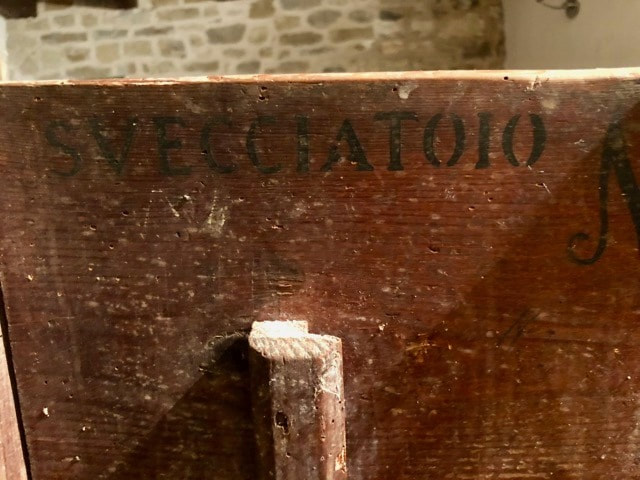
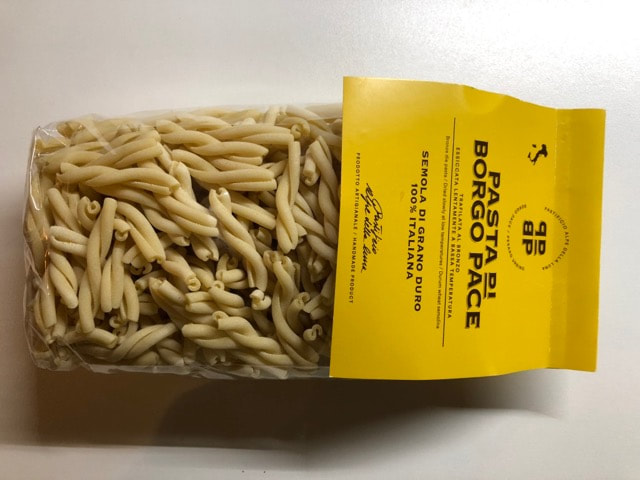
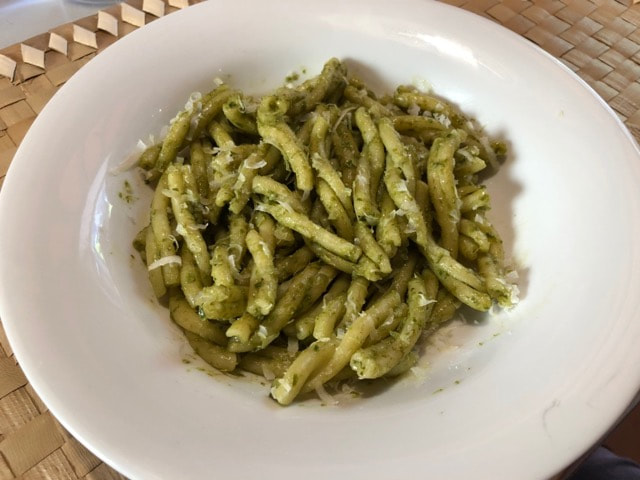
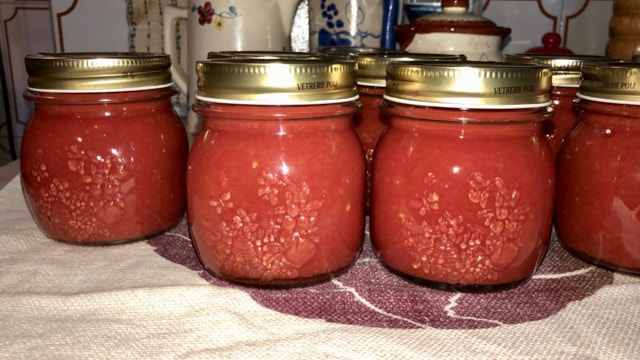
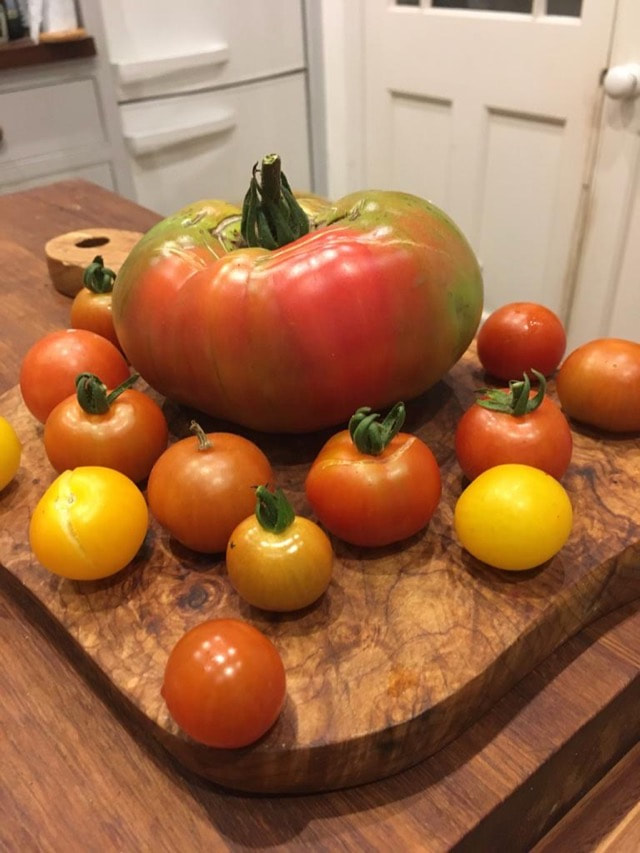
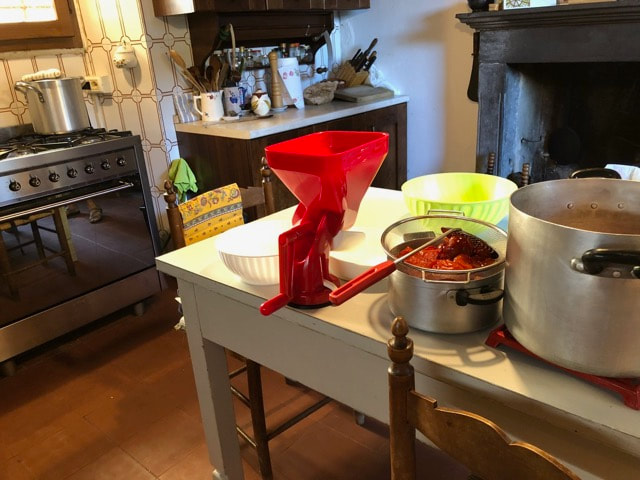
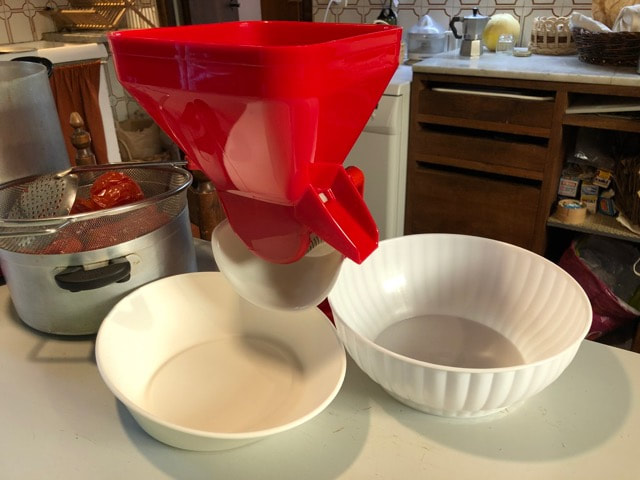
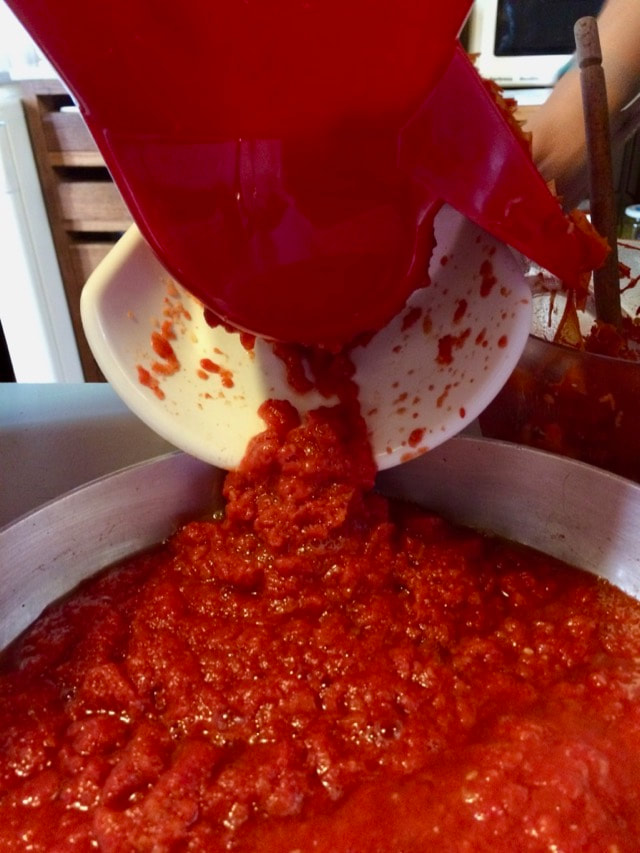
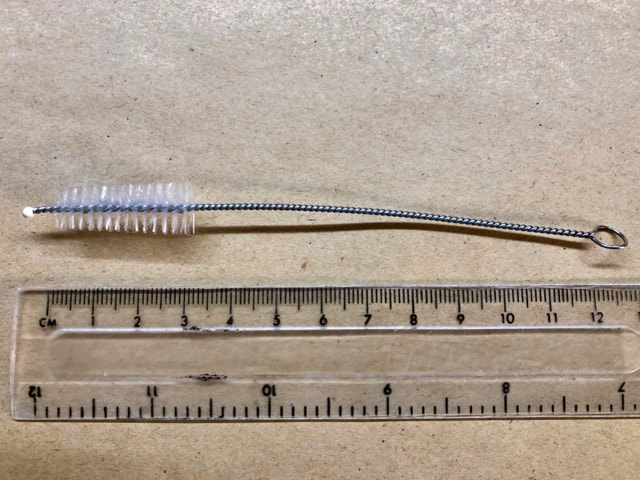
 RSS Feed
RSS Feed



